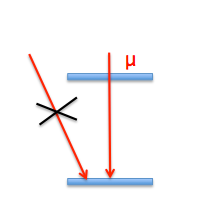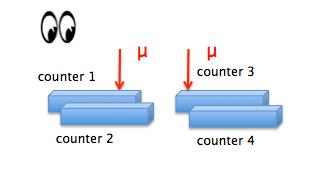|
|
||
|
Definition of Cosmic ray flux: Typical units to measure flux: number(events)⁄s·m2 Since the area of the counter remains constant during an experiment, flux studies ask the question, "How does the rate (events/time) at which cosmic rays pass through a counter depend on a certain variable?" One can consider flux throughout the day or year to see if there are changes in the arrival rate of these particles. For example, one can see if it depends on time of day or perhaps solar activity. Flux experiments may include several geometries of your detectors such as:
|
||





